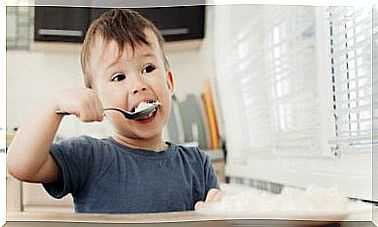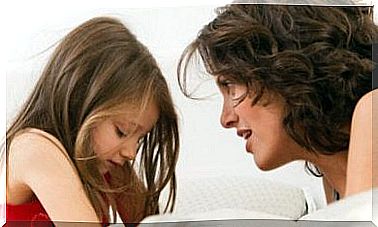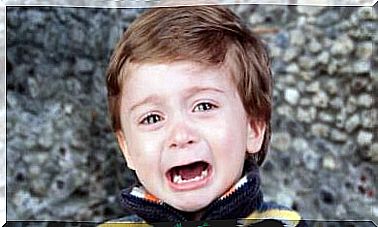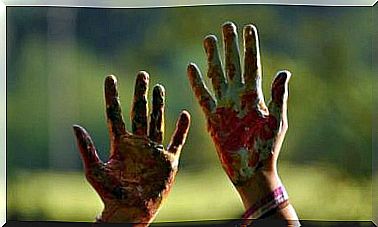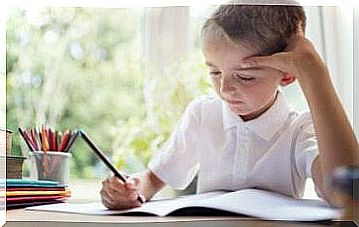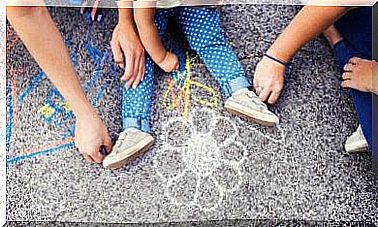What To Do In Case Of Painful Pronation In A Child? – Being Parents
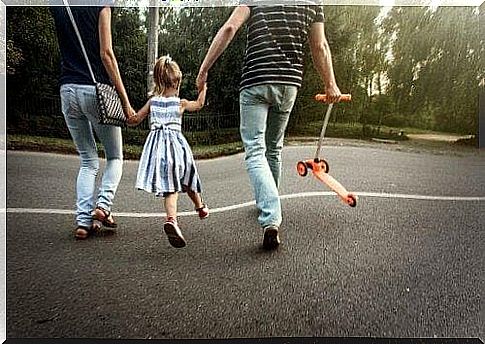
Painful pronation is a mild subluxation of a bone in the elbow joint. It usually develops as a result of a sudden pull on the child’s hand. In this article, we’re going to give you all the information you need to have in mind about painful pronation in children. Take notes !
Painful pronation in children
Painful pronation is a common occurrence in children. It can occur at the age of the first steps, around 15 months, and up to the 5th birthday.
Usually, painful pronation in children is caused by a sharp axial pull of the forearm, often performed by an adult holding a child’s hand as they walk away. It is rare for children over 5 years of age to suffer from this lesion because their joints are much stronger.
You should also know that falls are the second most common cause of this injury. As explained previously, the lesion occurs when we pull on our child’s arm while it is stretched. Therefore, a small fracture of the elbow bone may occur in order to prevent the arm from fully bending.
After a trauma to the axis, the head of the secondary radius is dislocated. The result is characterized by painful impotence of the affected extremity.
Note that painful pronation usually affects the left arm more. This is simply explained: the majority of adults caring for children are right-handed. Girls are more prone to suffer from this disorder than boys.
As a response to the pain, the child will start to cry and he will refuse to move his arm. He will try at all costs to keep the elbow motionless.
The elbow is usually slightly bent and the forearm held on the abdomen. A posteriori, the nurse or the doctor will replace the elbow in its place. This will not cause any sequelae in the child in the long term.

What are the signs ?
The ligaments normally hold the bone in its place. However, following a fall or sudden pulling, the ligament can stretch excessively. The bone then slides partially under the ligament.
In the majority of cases, children with painful pronation will cry immediately after the accident and will not use their aching arm at all.
If you think your child is suffering from painful pronation, you should seek immediate medical treatment either from your doctor or in the hospital emergency room.
Remember that the longer the elbow dislocation, the more painful and difficult it will be to reposition it correctly. Full recovery will then take longer.
Unfortunately, the process is painful and agonizing, but it lasts only a moment and ends when the radial bone returns to its original place.
On the other hand, if the elbow cannot find its original place, or if your child does not use his arm, an X-ray will have to be taken to identify other possible lesions. We can for example observe a fracture.
How to treat painful pronation at home?
Once the elbow pronation has been treated, the child will resume normal activity. However, if the elbow has been partially displaced for a long enough time, the child may need to take pain relievers for a few days.
If this is the case, follow the advice of the nurse or doctor in charge of the case in order to gradually relieve the pain.
If your child does not fully move their arm the day after treatment, you will need to take them to a doctor to have the arm evaluated again. Remember that your child will have no long-term sequelae if the injury is treated in a timely and appropriate manner.
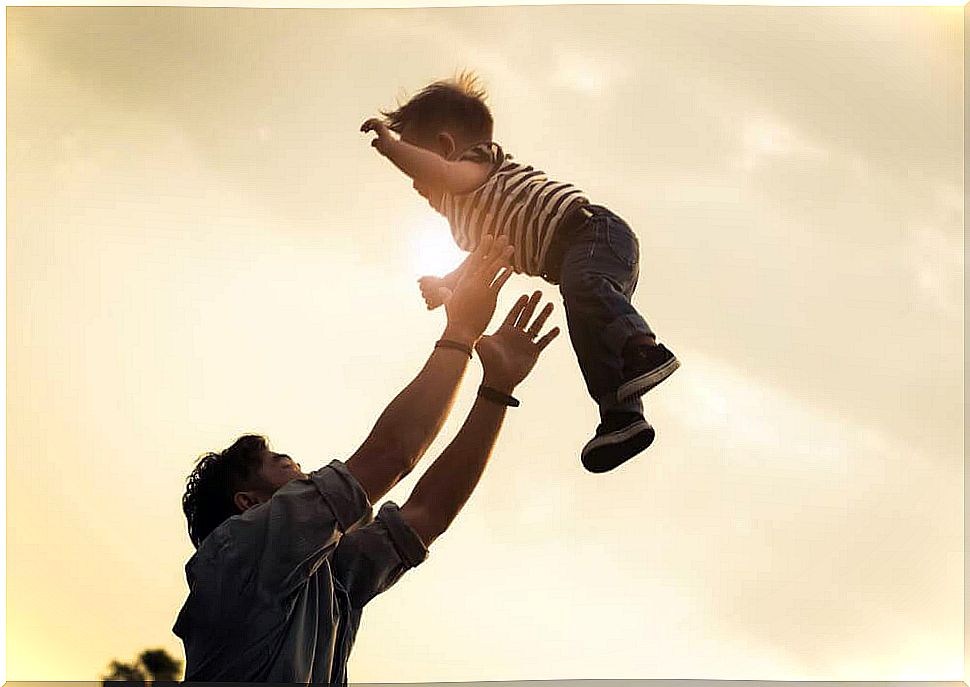
In order to avoid painful pronation in children, you should make sure not to carry your child by pulling him by the lower arms or by the wrists. Always lift children by grabbing them by the armpits.
It is also important to teach other caregivers (grandparents, babysitters) the correct way to carry the child.
Be aware that some children are more prone to lesions such as painful pronation. This lesion can also occur several times in children with hyperlaxed joints.
Now that you’ve read this article, pay attention. It is ideal to seek immediate medical attention when an accident of this type occurs.
